The Sweetheart Deal
How The South Valley Is Giving Capitalism A Good Name
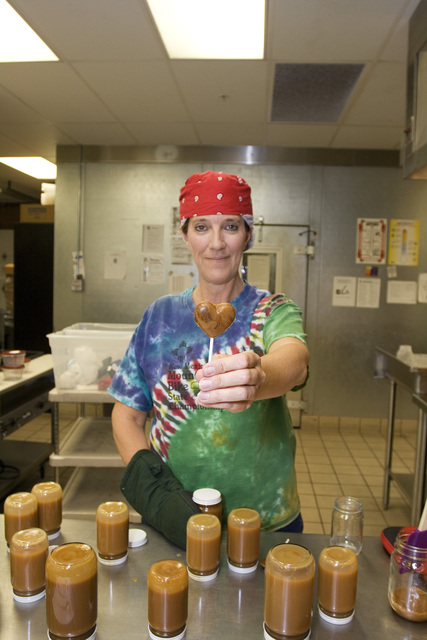
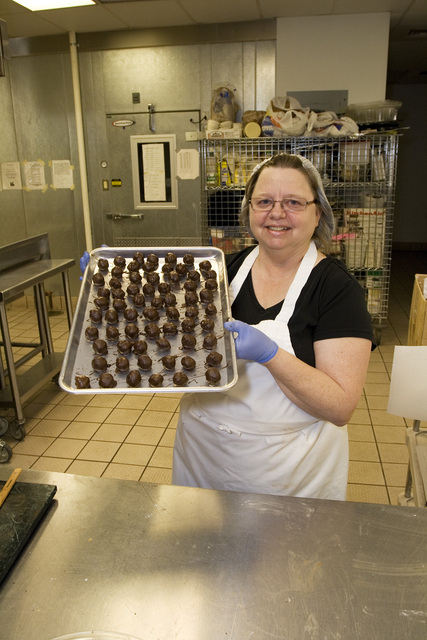
Teresa Gatewood, owner of T's Candy, displays a tray of NewMexigold Nuggets in the kitchen. The Nuggets are a semisweet chocolate-peanut butter candy.
Eric Williams ericwphoto.com

Fred Pohl runs Complete Financial Services from a rented office space in the SVEDC.
Eric Williams ericwphoto.com
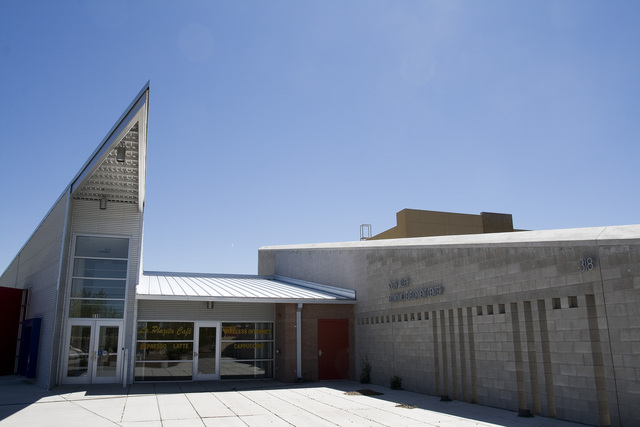
Viewed from outside, the SVEDC facility looks like a work of modern art, with sharp, dramatic angles, sleek lines and diverse textures.
Eric Williams ericwphoto.com
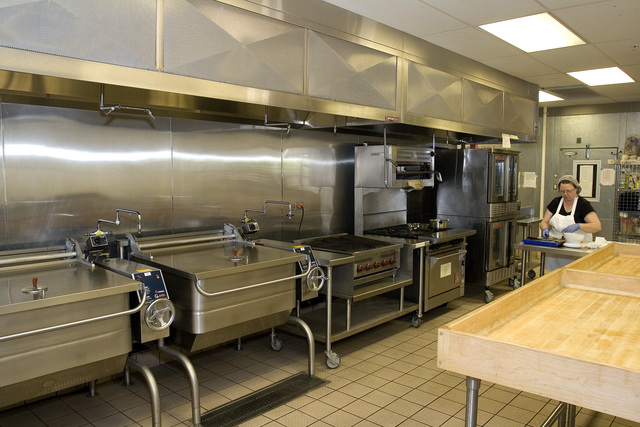
Eric Williams ericwphoto.com
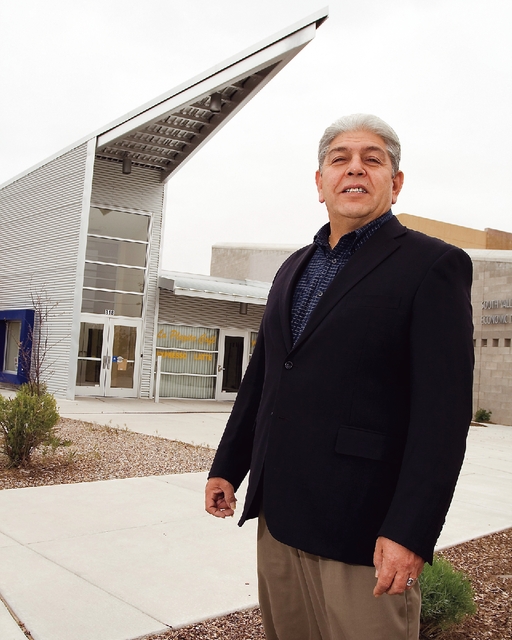
Executive Director Tony Gallegos stands in front of the South Valley Economic Development Center on Isleta.
Eric Williams ericwphoto.com








